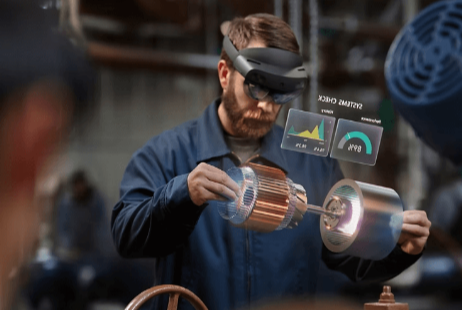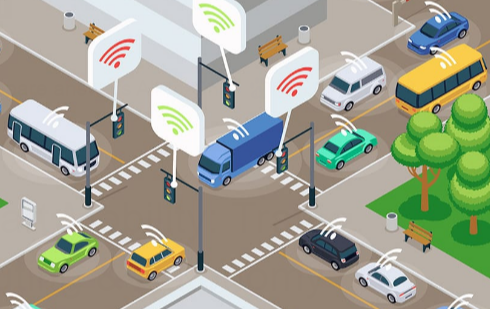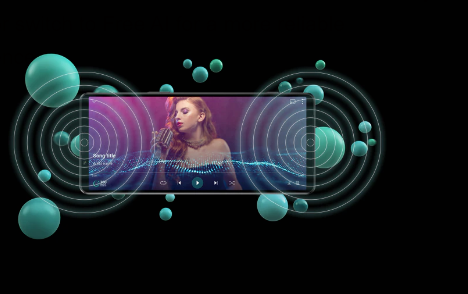Smart Retail: AI, AR & Physical Stores Converging
The convergence of artificial intelligence and augmented reality within physical retail spaces is reshaping the shopping landscape. AI optimizes operations through personalized insights, while AR enhances customer engagement by merging online and offline experiences. This integration not only meets emerging consumer demands but also sets the stage for innovative shopping methodologies. As retailers adapt to these technologies, the implications for consumer behavior and operational strategies warrant further examination.
The Role of AI in Enhancing Retail Operations
Artificial intelligence (AI) has emerged as a transformative force in the retail sector, fundamentally reshaping operations and customer interactions.
By leveraging algorithms, retailers can provide personalized recommendations, enhancing the shopping experience and driving sales.
Furthermore, AI optimizes inventory management, predicting demand and reducing excess stock.
This integration not only improves efficiency but also empowers retailers to adapt swiftly to evolving market conditions.
Augmented Reality: Bridging the Gap Between Digital and Physical
How can augmented reality (AR) revolutionize the shopping experience?
By enabling virtual try-ons, AR allows consumers to visualize products in real-time, merging the digital with the physical.
This technology fosters immersive experiences, enhancing customer engagement and satisfaction.
As shoppers interact with their environment through AR, they gain confidence in their purchasing decisions, ultimately bridging the gap between online convenience and in-store interaction.
Read Also: Business Support Line for 6474500942, 6474536361, 6474750262, 6477148273, 6477768787, and 6512373680
Future Trends: The Evolution of Shopping Experiences
As consumer preferences evolve, the retail landscape is poised for significant transformation, driven by advancements in technology and changing shopping behaviors.
Future trends indicate a shift towards personalized marketing strategies and immersive experiences, allowing consumers to engage with brands in innovative ways.
This evolution not only enhances customer satisfaction but also fosters deeper connections, ultimately redefining the shopping experience in a dynamic marketplace.
Conclusion
In conclusion, the convergence of AI and AR in smart retail is not merely a trend but a transformative shift in consumer engagement. While some may argue that technology can detract from the personal touch of shopping, it actually enhances the experience by offering tailored interactions and immersive environments. This synergy not only meets the evolving expectations of consumers but also empowers retailers to create dynamic, satisfying shopping journeys that blend convenience with personal connection.





